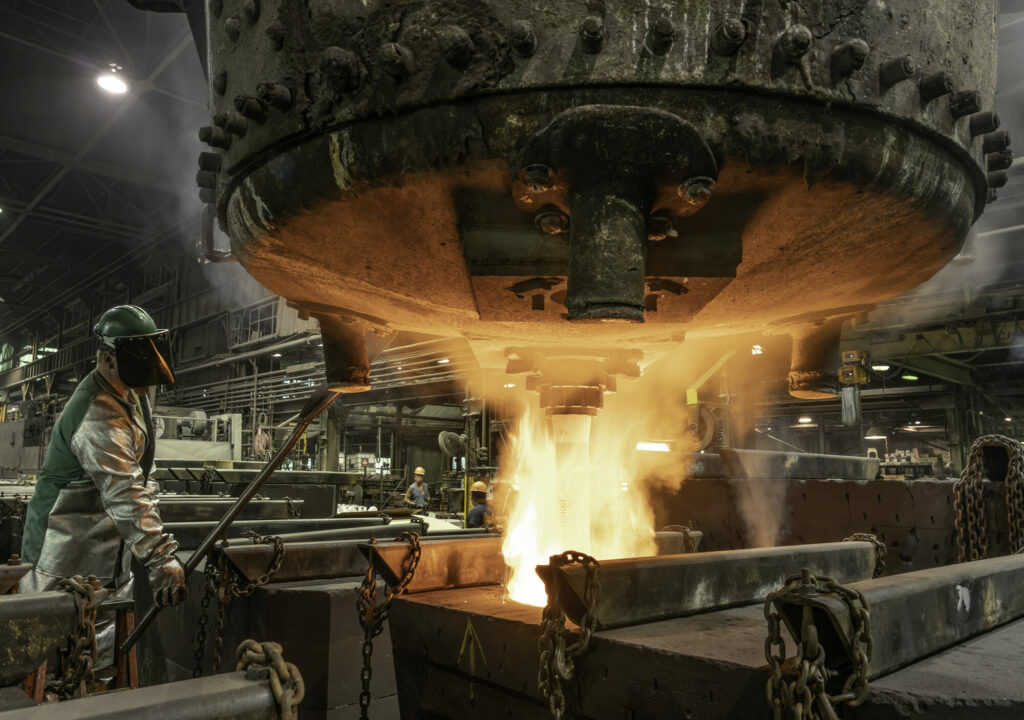Rare is the good-looking website that doesn’t rely on some use of photography. Even our own award-winning designs that primarily make use of other types of visuals usually still feature photography in prime spots. Good photography, though often overlooked, is vital for elevating a design, capturing and keeping the audience’s attention, and conveying distinctive messages that create a lasting impression.
If you’re going to use photographs, they should be excellent, of course. But what makes a photograph “good,” in some sense? Taste may be subjective, but discussions of photography—effective or evocative, useful or artful—usually include terms such as composition (you’ve heard of “the rule of thirds”), lines and shapes, texture and patterns, and of course color (or the lack of it). Together, such elements add interest to a website design.
Whenever possible, photos should be custom-created for each project. Just as many web design firms shy away from the more deliberate, experience-laden custom coding that tailors unique solutions for clients, many website designers rely too much on stock imagery. In most contexts, it can be fine—more than fine, even—to use such an approach. But it can be difficult to craft a truly unique marketing campaign built on visuals that literally anyone else can also access. Brands with national reach almost always avoid them.
Ask any social psychologist: First impressions matter, and our initial impression of a design can endure. Before website visitors read a headline or are waltzed toward a call to action, their eyes absorb the overall look of a homepage. Whether it’s a dazzling hero image at the top, useful products featured in their natural habitat, or humanizing portraits of the team providing the services offered, good photography on your website is always a good investment.
A picture is worth a thousand words may be a cliché—and the math might also be a little fuzzy—but images absolutely tell a story. Just as a commercial with no words or relatively few words can be incredibly effective, websites and other designed rhetorical situations can benefit from a sequence of images artfully arranged for maximum emotional impact.
Featuring product images on an ecommerce platform is a no-brainer, but higher-quality photos that showcase the features and benefits of the products usually do more to drive sales. Even so-so or flatout awful photographs can still be somewhat useful, which is why big retail outlets often allow customers to post photos with their reviews. (Bonus: Such images cost the retailer and manufacturer nothing.)
If your business offers a service, then professional photos of your team, workplace, and even clients can establish trust and credibility, helping to build a strong rapport with potential customers. And when it comes to direct mail, a one-of-a-kind image can make your company stand out in a crowded mailbox.

Beyond all of this, good photography enhances the overall user experience of a website. A visually pleasing and immersive experience for users is always the goal; ideally, a website is designed to keep the audience engaged and interested in exploring further. Photos that are optimized for the web load more quickly, which helps a website avoid the frustrating delays that cause visitors to leave entirely. Optimizing images—by creating descriptive alt tags, file names, and captions—can improve a website’s SEO and help it rank higher in Google search results, too.
Investing in high-quality, customized photography can help differentiate your brand among the competition—and this is even more true for moving images. Movies are, after all, the illusion of movement created by speeding through a sequence of 24 photographs in sequence each second. According to one industry survey, 73% of people prefer to learn about a product or service from a short video. We argued earlier this year that businesses of all kinds are more successful when they use video whenever it’s appropriate. That might mean incorporating explainer videos into your website, posting short videos on social media, or featuring videos in your website’s actual design.
Rare Bird has helped companies tell their stories and engage audiences for 25 years. We’re the Midwest’s most trusted marketing company, though we have clients from coast to coast. Whether the photographs on your website are moving or fixed in time, we can help enhance the impression your business makes.